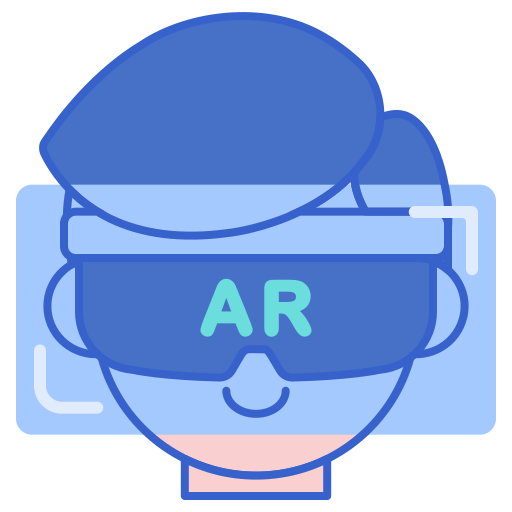The ongoing discussion about AR (Augmented Reality) and VR (Virtual Reality), the two primary types of XR Technology (Extended Reality), is significantly influencing the future of immersive technology. However, deciding which one will “emerge victorious” is a complex matter.
Let’s delve into the unique characteristics, applications, pros, and cons of AR and VR:
AR vs VR: An In-Depth Comparison
AR (Augmented Reality): Enhancing Reality
Pros of AR:
- Integration with Reality: AR’s ability to overlay digital information on the real world makes it applicable to everyday tasks like navigation, retail shopping, or augmented marketing strategies.
- Mobility and Accessibility: Often requiring only a smartphone or tablet, AR is portable and relatively affordable.
- Diverse Applications: AR’s utility in industries like retail, marketing, maintenance, and education enhances real-world experiences and interaction.
Cons of AR:
- Limited Immersion: Unlike VR, AR doesn’t offer a fully immersive environment.

VR (Virtual Reality): Complete Immersion in a Simulated World
Pros of VR:
- Unmatched Immersion: VR’s fully simulated environment offers an unparalleled level of immersion, suitable for training, therapy, gaming, and entertainment experiences.
- Controlled Virtual Scenarios: VR provides full control over the experience, opening doors to endless creative possibilities.
- Unique Social Interaction: Whether for gaming or virtual conferences, VR offers innovative social engagement in virtual spaces, a feature you might find intriguing for event planning or digital marketing.
Cons of VR:
- Equipment and Cost: Specialized headsets and controllers make VR less accessible to a wider audience.
- Isolation from Reality: VR’s immersive nature can lead to complete disconnection from the real world, limiting its applicability in certain scenarios.
Conclusion: AR or VR – A Context-Driven Choice
Both AR and VR present compelling opportunities but shine in different domains. AR’s practical applications might align with digital marketing initiatives like those at Intraspire, while VR’s immersive experiences could revolutionize sectors like training, therapy, and entertainment.
By tailoring content to meet specific needs, understanding the advantages of AR and VR, and implementing strategies aligned with your target audience, the choice between AR and VR can lead to innovative solutions and unique user experiences.

